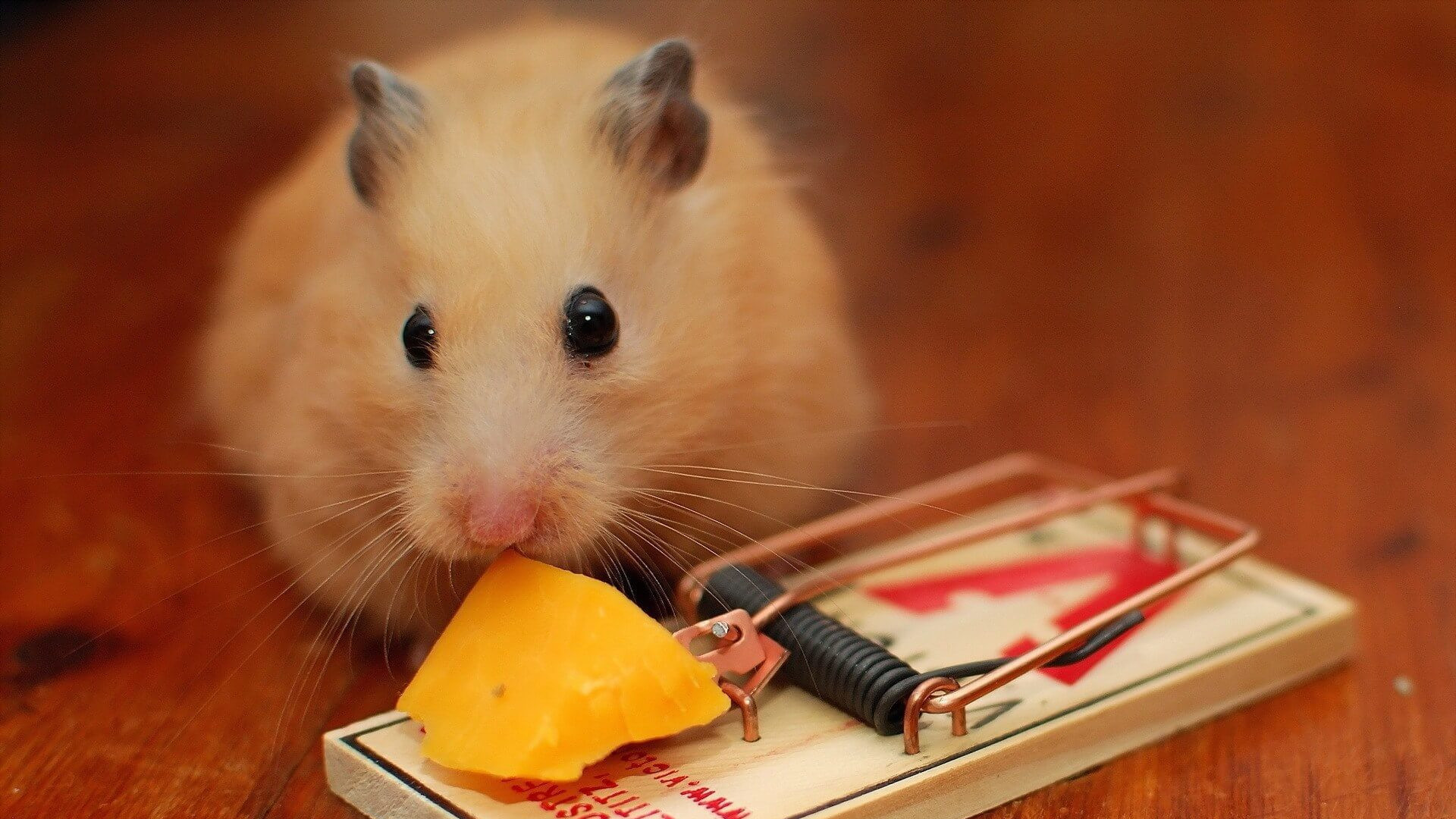Historically, most of what I write has been focused around either technology or business. However, given today’s date, I thought I’d change things up a bit and do a quick article one of childhood’s favorite holidays. I mean seriously, 364 days a year children are specifically told not to take candy from strangers… but on this one day, it’s not just permissible, it’s expected! What child wouldn’t love it?
Despite being a fixture of American tradition, the origins of Halloween as it stands today are all but lost to time. The earliest known ancestor to what has become Halloween is the ancient Celtic festival of Samhain. A pagan festival in celebration of the end of the harvest season, Samhain festivities frequently involved bonfires and the wearing of costumes to mimic and appease the spirits. However, the similarities end there. Samhain did not have any representation of the trick-or-treating that is so prevalent today, and its celebration was shrouded in a sort of mysticism. The Gaelic people believed that on the last day of October, the veil between life and death was thin enough to allow spirits to affect their crops and even cause sickness or death.
Fast forward a few (hundred) years and Halloween has evolved to become a favorite holiday worldwide. Today, it is celebrated in the United States, England, Ireland, Canada, and even countries such as Saudi Arabia. Its popularity has grown to the point that in some societies, local law enforcement has had to threaten to prosecute the parents of bad little ones carrying out the “trick” half of the equation! So what is the origin of the “trick-or-treat” concept?
While there is no clear “origin” of the practice, one common belief is that it originated with the practice of “souling” in the Middle Ages. During this so-called dark era in history, the poor would go door to door on Hallowmas (November 1), and exchange food for prayers for the dead on All Souls Day (November 2). This practice was so commonplace that even the esteemed William Shakespeare refers to it in his comedy “The Two Gentleman of Verona.” While this is a far cry from the holiday we know and love (or loathe) today, one can’t deny the eerie similarities in practice.
But how did the tradition make its way to North America? All of these historical traditions stem from England and Ireland, with not a single reference to their existence in North America until 1911. In that year, a newspaper just outside of upstate New York reported that young children had been seen visiting neighborhood shops to exchange candies for rhymes and songs between the hours of six and seven p.m. on October 31st. Further references occur in 1915 and 1920, but the practice of trick-or-treating doesn’t seem to have come into its own until the 1930s, with the earliest known printing of the actual term “trick-or-treat” appearing in 1934.
Even then, Halloween seemed to be a tradition confined to pockets along the eastern seaboard of the United States. It didn’t gain true national attention until the October 1947 issues of the “Jack and Jill” and “Children’s Activities” magazines made reference to in, followed by a barrage of Halloween episodes of the popular network radio programs “The Baby Snooks Show” in 1946 and “The Jack Benny Show” and “The Adventures of Ozzie and Harriet” in 1948. Finally, Halloween became a fixture of American life in 1952, when even Walt Disney jumped on the bandwagon and released several themed cartoons.
So that’s that: the history of Halloween in a nutshell. As usual, I’ve only barely scratched the surface of the subject, but it should be sufficient to either bore you to tears or intrigue you enough to do some research of your own. Who knows, maybe you’ll learn something. Perhaps you’ll gain a better appreciation for the essence of Halloween. As for me, I have a son who is eager to fulfill his duties as an American consumer, so I have to get going. Regardless of what you take away from this little article, I wish everyone…
Happy Halloween






